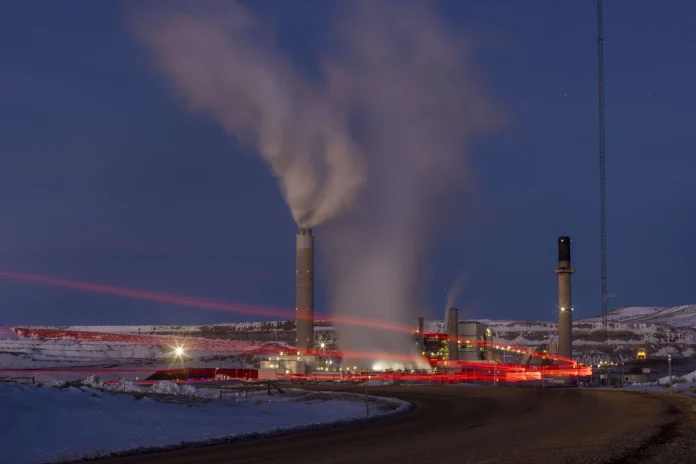Bill Gates, along with his energy company, TerraPower, has initiated construction at their Wyoming location for a cutting-edge nuclear power plant, which he believes will fundamentally transform the way power is produced.
Breaking ground in the small community of Kemmerer, TerraPower submitted an application to the Nuclear Regulatory Commission seeking approval for the construction of an advanced nuclear reactor that utilizes sodium instead of water for cooling. Once greenlit, this reactor will operate as a commercial nuclear power facility.
Situated adjacent to PacifiCorp’s Naughton Power Plant, slated to cease coal burning in 2026 and natural gas a decade later, the new nuclear reactors offer a solution devoid of greenhouse gas emissions. PacifiCorp intends to integrate carbon-free power from this reactor into its energy mix, contemplating the extent of nuclear inclusion in its long-term plans.
The groundbreaking marks the commencement of preparations at the site, with TerraPower aiming for swift construction pending regulatory approval. Notably, Russia leads in the development of sodium-cooled reactors.
Addressing the audience at the groundbreaking ceremony, Gates emphasized the pivotal role of this project in shaping America’s energy landscape, heralding it as a significant stride toward secure, abundant, and carbon-neutral energy provision.
Advanced reactors diverge from conventional water-cooled counterparts by employing alternative coolants and operating at different pressures and temperatures. While such technology has existed for decades, the United States has predominantly favored conventional water-cooled reactors for commercial use. TerraPower’s initiative in Wyoming marks the first attempt in roughly forty years to establish an advanced reactor as a commercial power source in the United States, as per the NRC.
Chris Levesque, TerraPower’s President and CEO, advocates for transitioning to advanced nuclear technology, leveraging contemporary computational modeling and physics for streamlined, cost-effective, and safer plant designs.
TIn contrast to the recent completion of conventional reactors in Georgia, which incurred substantial costs, TerraPower anticipates the Wyoming project to require up to $4 billion, with half of the funding sourced from the U.S. Department of Energy. Levesque underscores that this estimate encompasses initial design and licensing expenses, projecting subsequent iterations to be notably more economical.
Concerns have been raised regarding the fuel utilized by advanced reactors, known as high-assay low-enriched uranium (HALEU), due to its potential dual-use nature for nuclear weapons. Despite assurances from the NRC regarding security measures, ongoing efforts are underway to mitigate these risks.
Gates established TerraPower in 2008 with the aim of advancing nuclear energy in the private sector to facilitate the provision of secure, abundant, and carbon-free energy.
The company’s 345-megawatt reactor, capable of peak output reaching 500 megawatts, holds the potential to power up to 400,000 homes. Initially focusing on electricity generation, TerraPower envisions future reactors catering to industrial demands for high heat, thereby supplanting reliance on fossil fuels.




